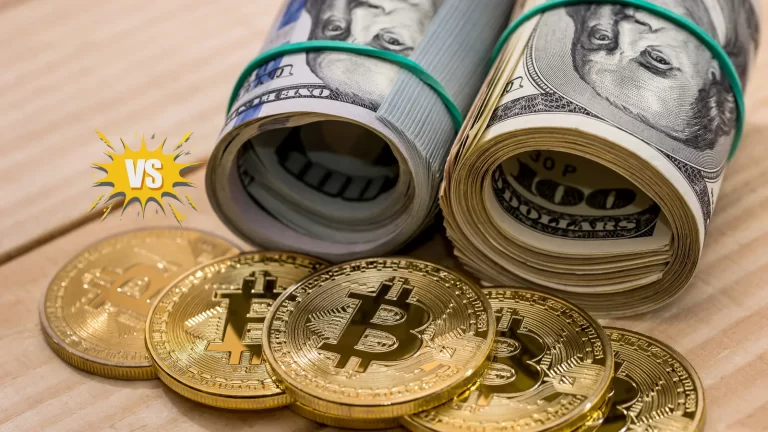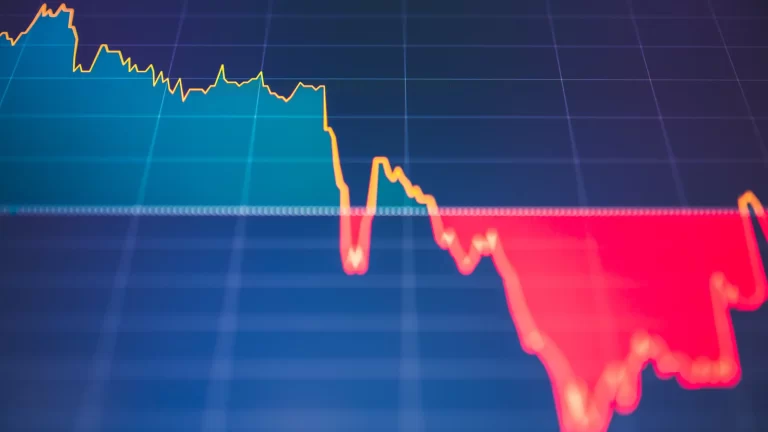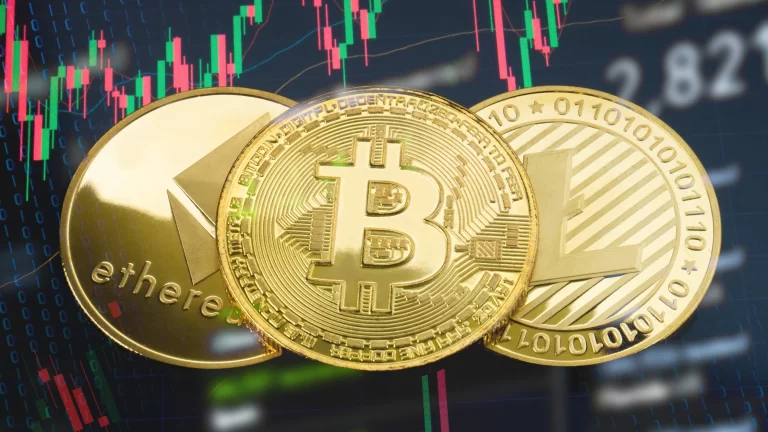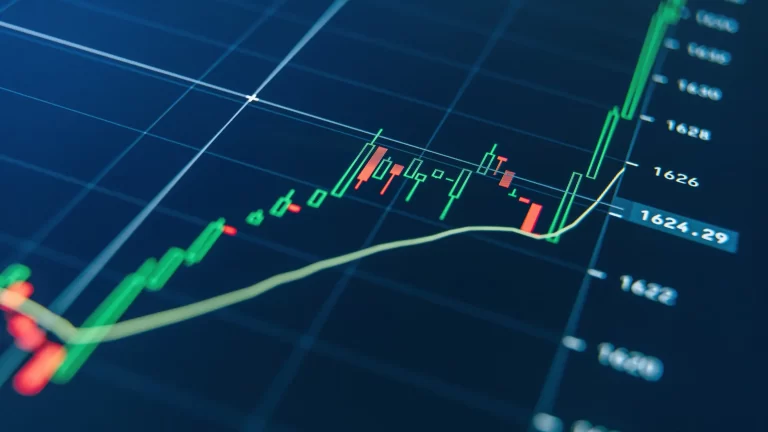
Understanding CeDeFi
CeDeFi represents a fusion model that merges the characteristics of centralized and decentralized finance, positioning itself as an innovative alternative to conventional options.
This model is a confluence of the CeFi and DeFi systems, enabling platforms to offer users heightened transparency and control, alongside streamlined access.
CeDeFi grants users entry to a variety of DeFi offerings, including decentralized exchanges (DEXs), yield farming mechanisms, liquidity aggregators, and lending platforms. It integrates aspects from both domains, presenting a novel solution to finance services.
Moreover, the governance of assets and users in CeDeFi is typically under the purview of a single entity or a small group, mirroring the structure of CeFi. While DeFi promotes a permissionless and transparent environment, it lacks in providing assured security.
CeDeFi addresses these concerns by delivering advantages such as quicker transaction speeds, reduced costs, and bolstered security.
The Centralized Finance Component
Central to CeDeFi is the centralized finance (CeFi) system, reliant on established intermediaries like banks and financial entities. CeFi is recognized for its stringent regulatory standards and consumer safeguards, though it may be marked by inefficiency and high expenses.
As of December 2022, the centralized banking sector, inclusive of fintech, managed approximately US$370 trillion in global assets, highlighting the enduring dominance of traditional finance institutions in the worldwide market.
The Decentralized Finance Component
Conversely, decentralized finance (DeFi) functions on blockchain technology, eliminating intermediary involvement. DeFi is acclaimed for its improved access, transparency, and user autonomy, yet it is often viewed as intricate and underregulated.
By March 2023, DeFi’s total value locked (TVL) exceeded $50 billion, indicating its escalating appeal and growing impact on the financial landscape.
Enhancing Token Resilience through CeDeFi
By amalgamating the strengths of both sectors, CeDeFi creates a financial ecosystem that optimizes efficiency, security, and transparency. It aims to rectify traditional finance’s flaws while capitalizing on decentralization’s benefits.
Ensuring Full Transparency of Funds
The importance of transparency for token stability is underscored by incidents like the FTX downfall. A lack of visibility in fund management on centralized platforms contributed to such crises.
CeDeFi introduces significant shifts in this area. For instance, platforms like Midas Investments employ a ‘Glass Box’ strategy to guarantee transparency, allowing users to observe, but not access, their funds’ storage and management on the blockchain in real-time.
Enhanced On-chain Security for Market Anomaly Detection
CeDeFi’s approach includes establishing a strong security framework. Projects such as Midas utilize automated surveillance and alert systems to preemptively tackle market volatility and potential liquidation threats.
In particular, these projects employ on-chain alert mechanisms to immediately liquidate DeFi investments at the hint of market irregularities, thereby safeguarding client assets.
Rigorous Due Diligence for Protocol Integrity
CeDeFi platforms conduct thorough evaluations of each protocol to prevent fraud and ensure security, including checks on the development team, code quality, and financial health.
Challenges Facing CeDeFi
Despite its advantages, CeDeFi encounters regulatory obstacles, adoption challenges, and technical constraints. Users must relinquish asset custody, and the model’s reliance on Ethereum poses inherent risks. Yet, the diversification across blockchains may mitigate these risks over time.
CeDeFi remains susceptible to scams due to regulatory gaps, emphasizing the need for user vigilance and preference for regulated, reputable protocols.
Key Insights on CeDeFi
CeDeFi blends centralized and decentralized financial frameworks to forge a system that is more effective, transparent, and secure. While facing hurdles, CeDeFi offers potential for innovation and evolution in the financial domain.
In summary, CeDeFi may not be a universal solution, but it represents a balanced approach to the challenges and opportunities within the crypto and blockchain landscapes, promising enhanced stability and resilience in the sector.






